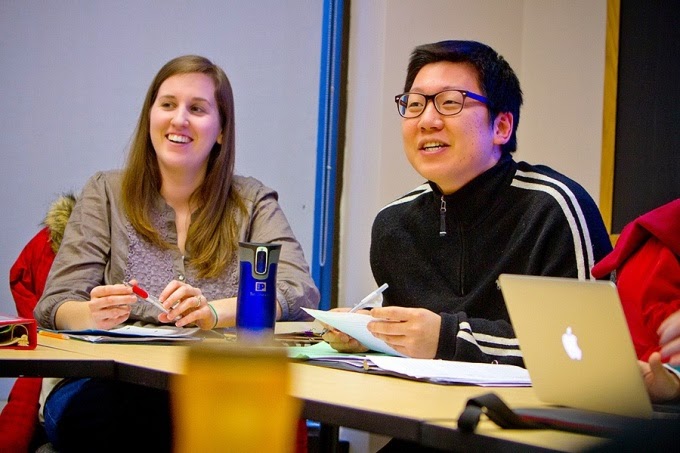 |
| Photo: David Falzani |
 |
| Davidchairs a roundtable meeting at SMF on increasing diversity. Photo: The Engineer (blog) |
I’m reminded of the story of the Apollo Team Syndrome. In the 1980s experiments were carried out by Dr Meredith Belbin where teams were set testing challenges or tasks and their relative performance was measured against other teams. The so called Apollo Team was a tag given to the team of the brightest and most qualified individuals. The Apollo name of course referred to the NASA space program and it conjures the mental image of a group of experts.
The interesting result was that the Apollo team usually underperformed the majority of other teams. Although bright and individually capable, they could not work together as an effective unit, lacking the communication skills, the structure, and the “glue” to maximise their individual potential contributions.
At the end of the research, Dr Belbin concluded that diversity was important to achieve a balanced team, and diverse balanced teams tended to outperform other teams across a range of challenges. Dr Belbin went on to explain the different profile characteristics of the individuals within a team and how the diversity should be combined for greatest effect. All of this is probably not too controversial. However, there’s a flipside.
My view is that diversity increases the efficacy of output but can cause a more difficult process. An example of this is what I call the apocryphal agitator experiment. A team is achieving a certain level of performance. Then an agitator is added to the team, whose role it is to question, argue, play devil’s advocate and generally upset any status quo. The interesting but not entirely unexpected result is that the team with the agitator achieves a new and higher level of performance than it had previously. The decision making process is subject to more rigour and analysis. However, much more interesting is what happened when the team was then allowed to vote off one member. In the majority of cases the team voted off the agitator. In other words, the team removes the secret of its own success – presumably because the individual is regarded as a pain. I’ve seen similar dynamics in boards of directors, where contrarian thinking is massaged away in return for a quieter life and (over) certainty in the established view. In past CEO roles I have to admit feeling much more relaxed when all the other directors share the same views as my own. There’s a natural tendency to prefer people who think like oneself. I wonder if this bias hinders diversity – and thereby success?
Read more...
Related link
SMF President, David Falzani's Business Blog
Source: The Engineer (blog)



































